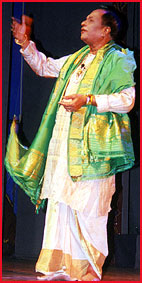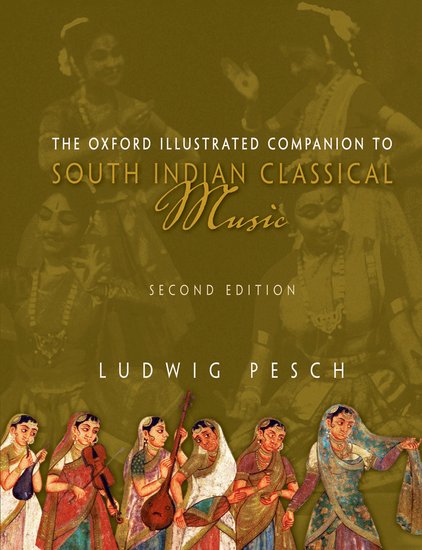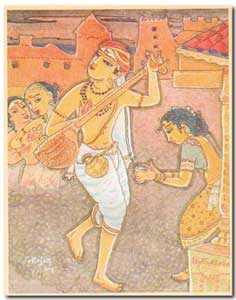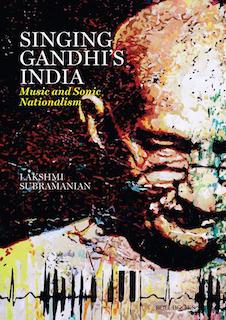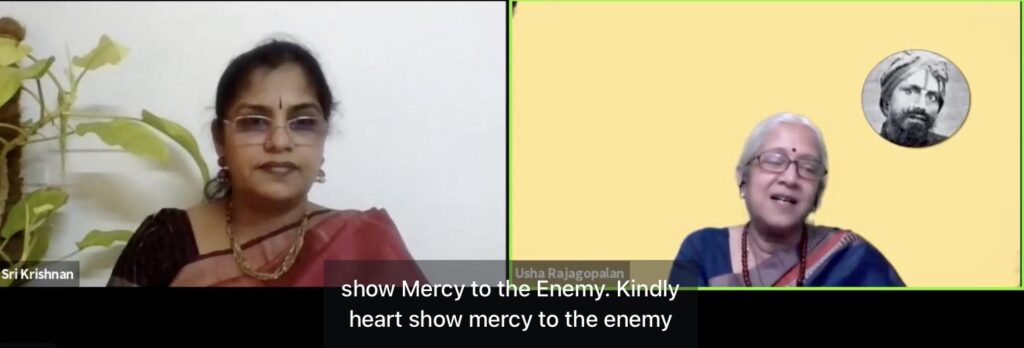
play the facebook zoom recording (no fb-registration needed)
In commemoration of the 100th death anniversary of poet C. Subramania Bharati, join us on this virtual event as we celebrate the life and works of Mahakavi Bharati. Usha Rajagopalan is a writer, translator, and lake conservationist. Geetha Srikrishnan hails from a musically inclined family, and is a Classical Carnatic Musician.
An independent writer who moves from writing for children to translating Bharati’s poetry, Usha’s interest in Bharati’s poetry “was fuelled by hearing his songs sung by all ranks of singers”.
Read the full interview in The Hindu
Mahakavi Bharati’s great-granddaughter, Mira T. Sundara Rajan, highlights the humanistic traits that mark his patriotic poetry:
Internationalism was one of the keys to Bharati’s nationalism. Insularity of any kind was absolutely foreign to the poet’s temperament. On the contrary, his curiosity about the world was boundless, and he looked upon the varieties of culture and human experience as chief among the abundance of riches provided by the Divine Mother for humanity’s delight. For Bharati, nationalism could never mean a turning inward, a focus on national interest in the narrow sense, to the exclusion of the world at large. On the contrary, the world’s problems were India’s, and India’s were the world’s; so, too, were the shared ideals of culture, nature, and humanism that inspired his vision of Krutha Yuga, the epoch of enlightenment, which he unceasingly anticipated in all of his writings. […]
His appeal was to our common humanity, and neither tradition nor history could ever be a valid reason for denying it. […]
Source: “Subramania Bharati — The Eternal Revolutionary” by Mira T. Sundara Rajan, The Hindu, 12 September 2017
URL: https://www.thehindu.com/news/national/subramania-bharati-the-eternal-revolutionary/article19670435.ece
Date Visited: 25 May 2024
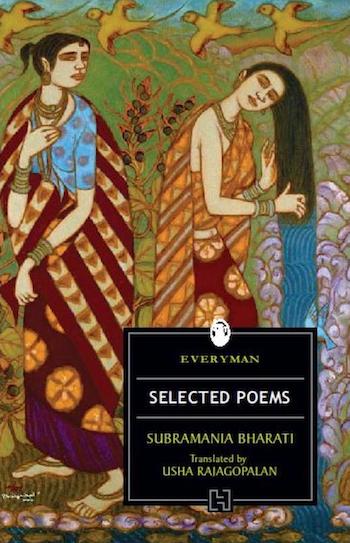
Selected Poems of Subramania Bharati
by Usha Rajagopalan
Ranging from the fiercely patriotic and the deeply romantic to the humbling intensity of devotion and the sharp criticism of self and society, this selection brings together poems that reflect the very essence of Bharati’s broad philosophy. Usha Rajagopalan’s translations echo the lyricism and transformative power that have lent Bharati’s poetry their distinctive and enduring quality. They seeks to complement what Bharati himself set out to do with the original text: to create an epic using ‘simple phrases, a simple style, easily received prosody, and the rhythms used in the language spoken by the common man.’
https://usharajagopalan.co.in/books/
[Bold typeface added above for emphasis]
Tip: to find a copy this publication, type the author’s name and title into the search field seen below
List of sites covered by this Google custom search engine

